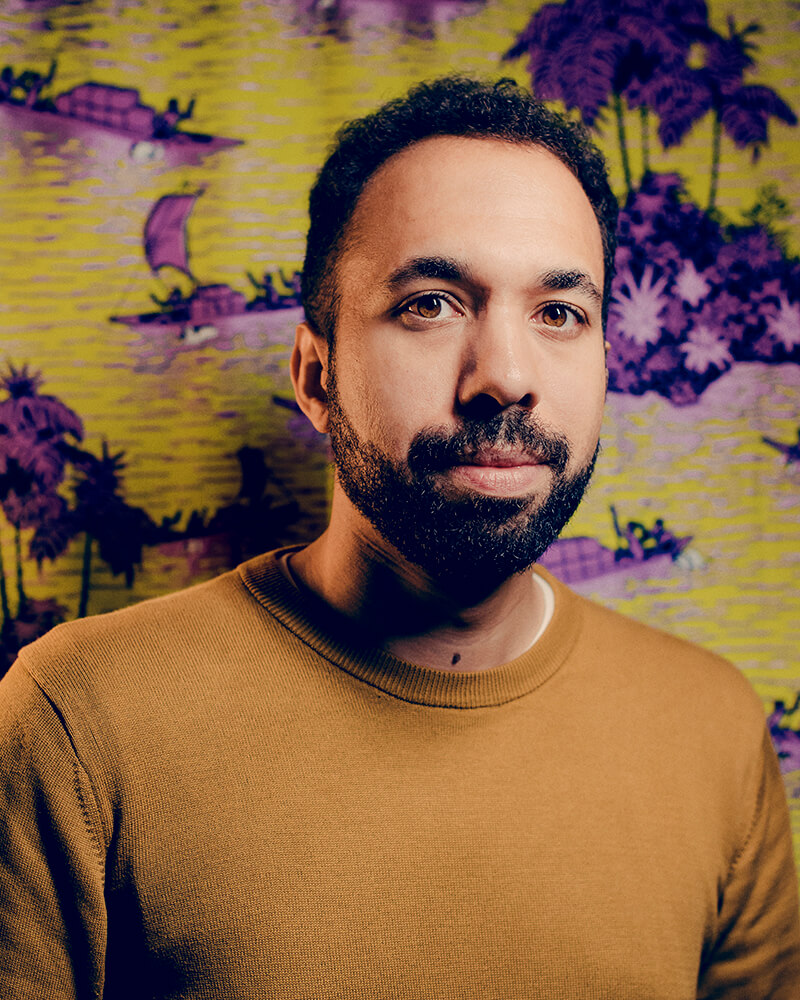Part 2
An ecosystemic way of investing. In addition to investing in high-potential aligned businesses, 2050 supports and partners with open transformative initiatives to accelerate the sustainable transformation of key markets, including the finance industry. These ecosystemic resources and assets are not intended to benefit 2050 alone. Although 2050 does not expect any direct financial return from these investments—the term ‘direct’ is crucial here—, we do anticipate significant ecosystemic value from these investments for us, our immediate ecosystem, and the sectors we engage with, thereby creating a compounding value for our venture investments. This activity is funded by 10% of the subscriptions in 2050.ventures SLP. To demonstrate our commitment, the management team also dedicates 50% of its net performance fee to nurturing these commons. This series of articles will explain the rationale behind this model and our learnings so far.
———–

In Le Contrat naturel, the late French philosopher Michel Serres begins with a vivid description of Francisco Goya’s “Fight with Cudgels” (Spanish: “Riña a garrotazos“), a striking 1820 painting. In this famous scene, two men are engaged in a brutal club fight, each movement causing them to sink deeper into deadly quicksand. Their obsession with victory blinds them to the fact that they are already knee-deep—and sinking fast.
Serres uses this image as a powerful metaphor for our contemporary times. With a crucial message: abandon futile conflicts and focus on preventing a planetary catastrophe. Serres, who passed away in 2019 at the age of 88, likely needs no introduction to most French readers. He consistently warned us about the dangers of a Promethean approach to nature, boldly proposing a “natural contract” as early as 1990 to elevate nature to the status of a legal entity. When first introduced, this idea was met with ridicule. Today, this concept is not just incredibly relevant—it is already being implemented in many legal systems.
With the rise of the digital age, collaboration has taken on new forms. Make no mistake: competition remains central to most of our economic systems and is still widely regarded as a powerful driver of innovation. As an investment firm, 2050 operates in a very competitive landscape, not to mention our portfolio companies. However, with the emergence of an open culture and a newfound interest in the commons movement (digital or otherwise), we are witnessing the creation of new spaces for collaboration, powerful tools, and frameworks for ecosystem-wide problem-solving. This presents an incredible opportunity to accelerate market shifts towards a fertile future.
Each problem only needs to be solved once
We introduced the concept of open source in the previous article. In the context of free software, open source means that the original source code is made freely available and may be redistributed and modified by anyone. Free doesn’t mean there cannot be any conditions: for example, some licenses prevent commercial use, while others require that any modifications be shared under the same free conditions (share-alike) to prevent the commons from being enclosed.
At a fundamental level, open source means that each problem only needs to be solved once. Every time a software developer solves a challenge, the solution is shared with the community, allowing others to use it, repurpose it, or build on top of it, thereby increasing collective efficiency. This core benefit alone explains why open source can be viewed as a fast track to addressing today’s most pressing problems.
Open source extends beyond software. Over the last decade, we have seen this logic being applied to various fields, leading to innovations in medical prostheses, cars, smartphones, agricultural equipment, 3D printers…
Another urgently needed benefit from open source is its ability to spread—and fast. These solutions can be quickly adopted and adapted by a global community, allowing rapid dissemination of innovative solutions. During the peak of the COVID crisis, a notable example was the collaboration between public and private organizations, including CEA, Nantes University Hospital, Seb Group, Renault, and STMicroelectronics, to design an open-source ventilator for patients. This initiative, known as the MakAir project, demonstrated how open-source principles could be rapidly mobilized to meet urgent medical needs.
Challenging the binary vision
Open source is not inherently opposed to proprietary models. The reality is that many successful business models today are hybrids, integrating open-source foundations with proprietary elements to create commercially viable enterprises.
For instance, companies can adopt an open-core model where the core product is open-source, but additional features, services, or support are offered under a commercial license. This approach allows businesses to benefit from the collaborative development and community support of open-source projects while generating revenue from proprietary extensions. Another model is offering additional services, such as technical integration, ongoing training, and system maintenance, to complement open-source technologies. This approach not only reduces the need for significant upfront investments but also enables companies to leverage the strengths of their clients as partners rather than competitors.
Transparency breeds trust—open source can enhance brand image and market positioning. By contributing to and leading open-source projects, companies can establish themselves as trusted and innovative market leaders (Tesla, remember?). When companies share their code, patents and collaborate openly, they demonstrate a commitment to quality and security, reassuring customers and partners, fostering loyalty and confidence. Open-source cybersecurity solutions exemplify this, as they allow for rigorous public scrutiny and ensure vulnerabilities are quickly identified, and fixed.
Open-source principles can also drive the development of industry standards, creating a level playing field that benefits all players. For example, the Android operating system’s open-source nature has enabled a vast ecosystem of developers to create applications and services, driving innovation and expanding the market for smartphones. By establishing a common platform, Android has allowed diverse stakeholders to collaborate and compete, ultimately benefiting consumers with a wider range of choices and innovations.
The intersection of competition and collaboration is precisely what 2050 seeks to explore because we see a fertile ground for innovation and progress. By fostering a balanced approach and building structured ecosystems that unite diverse actors, we believe we can tackle the most pressing issues of our time more effectively. To echo Serres’ message: either we all win, or we all lose.
This article is the second of a series of 3. If you missed the first part, click here!

